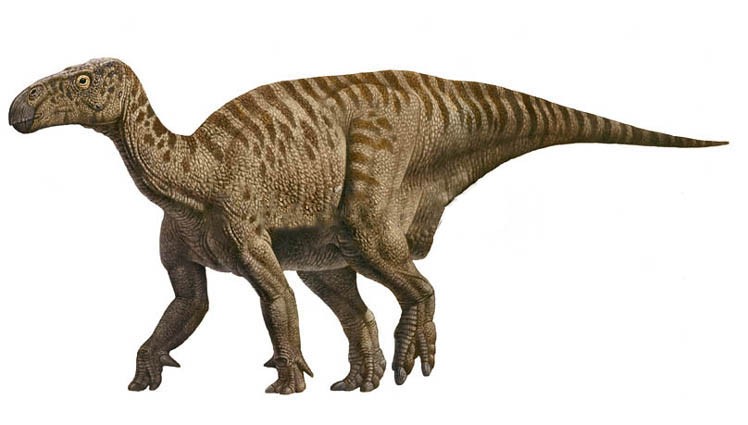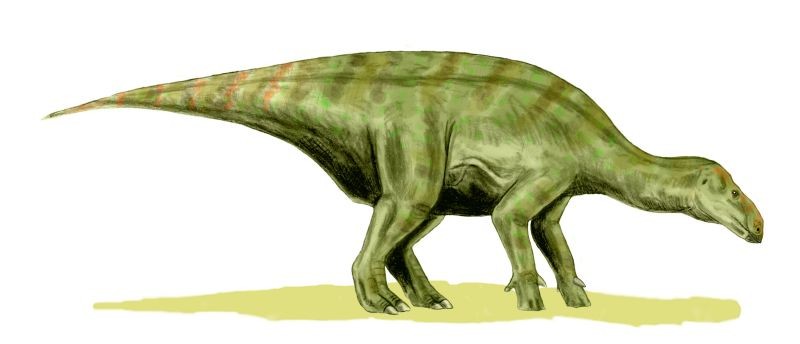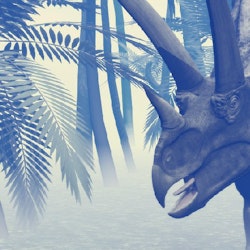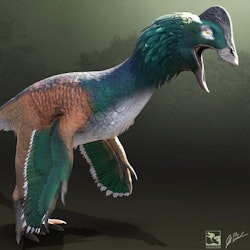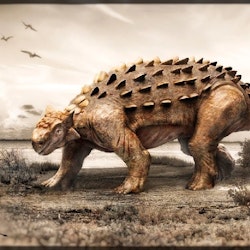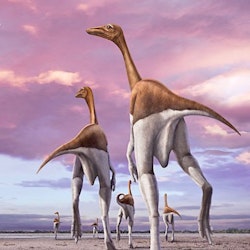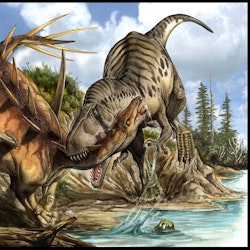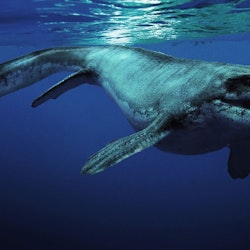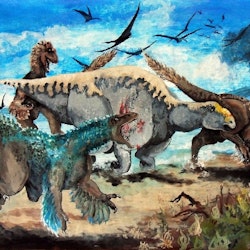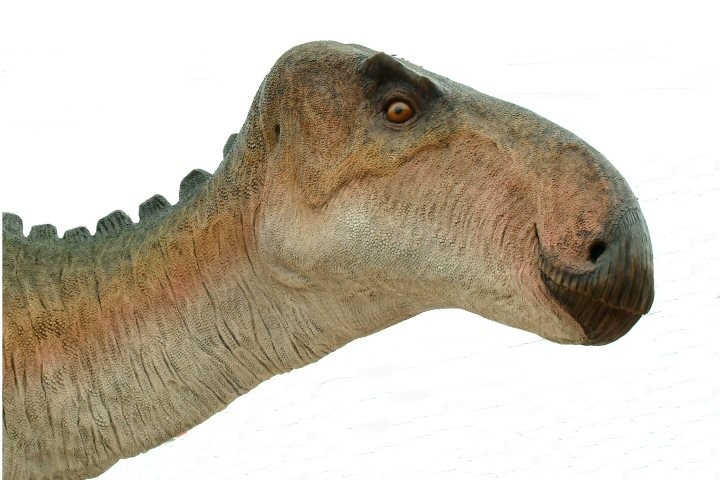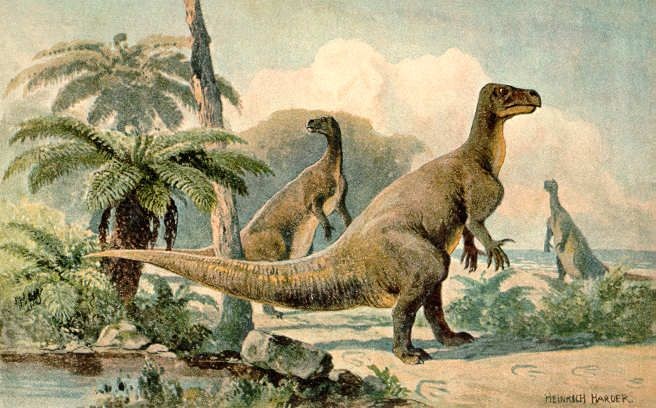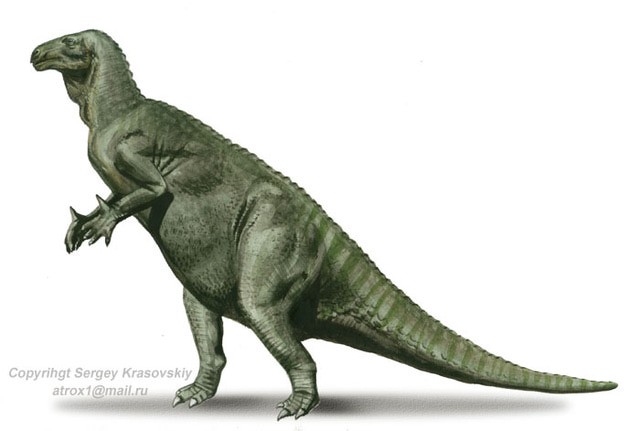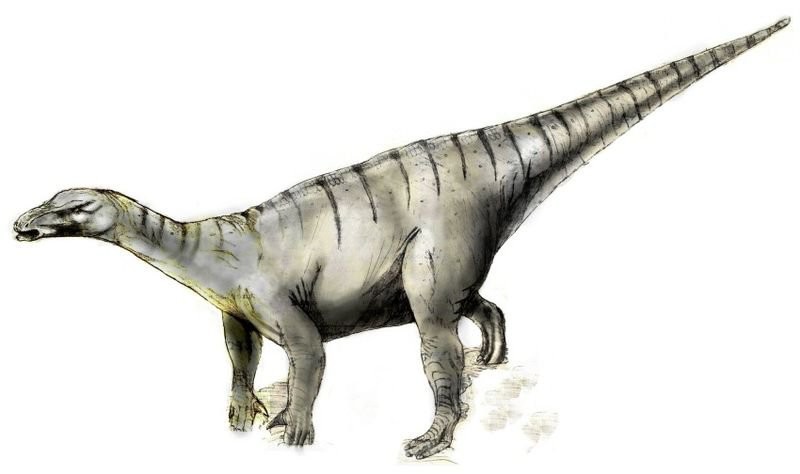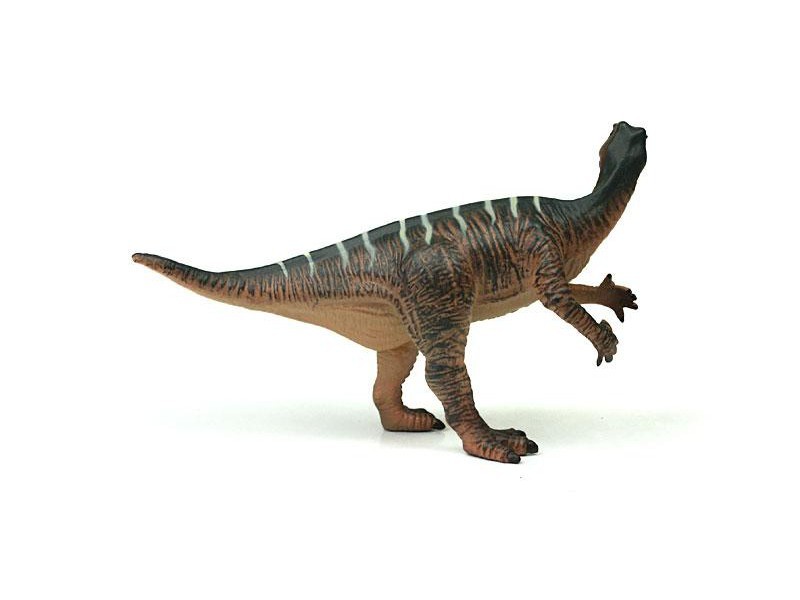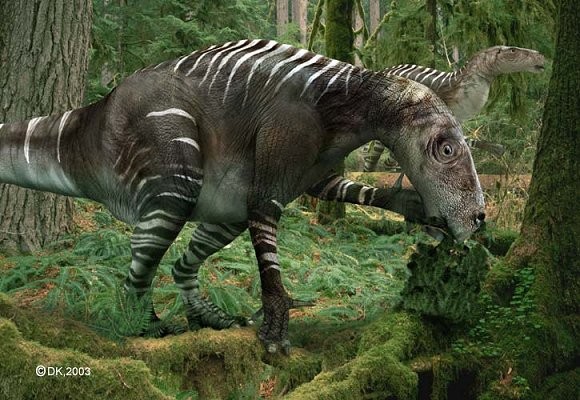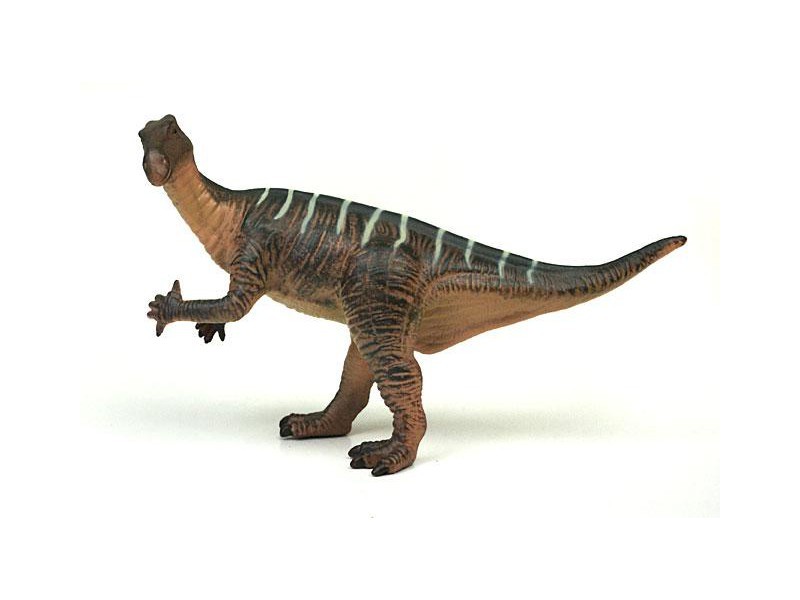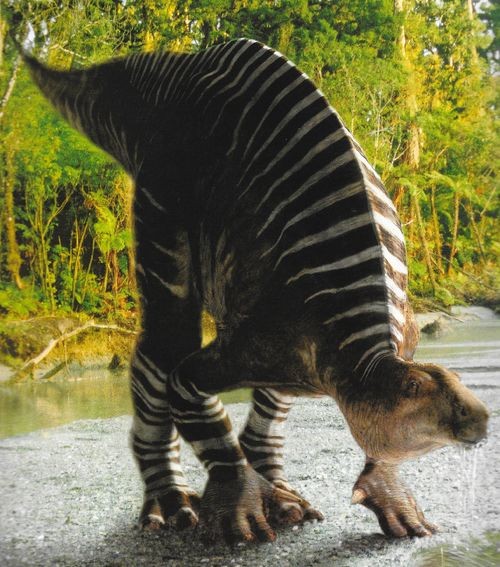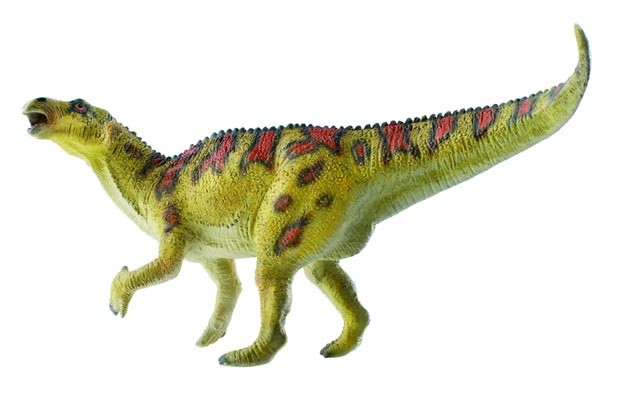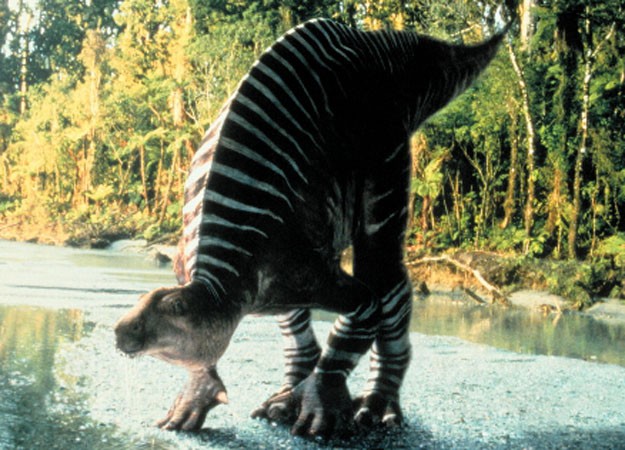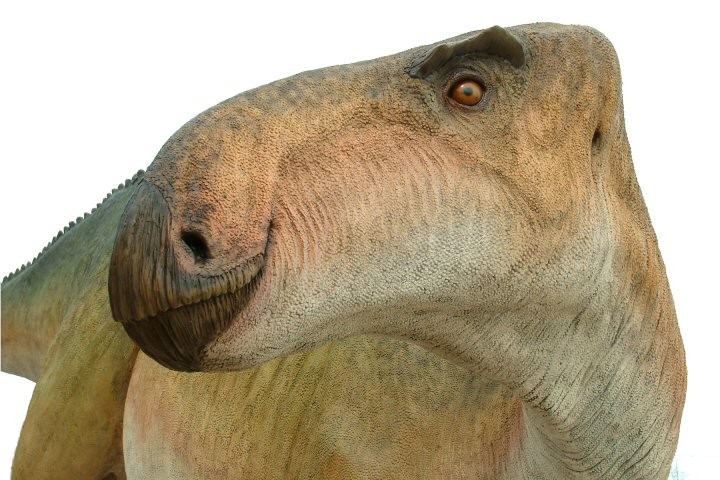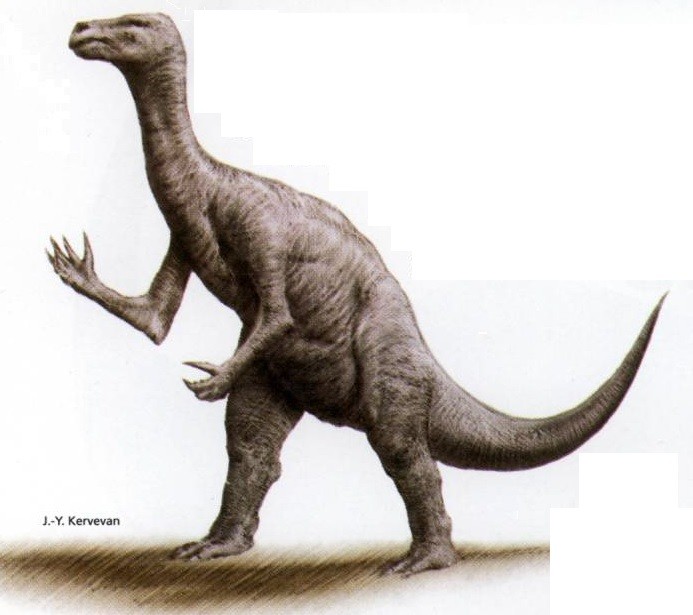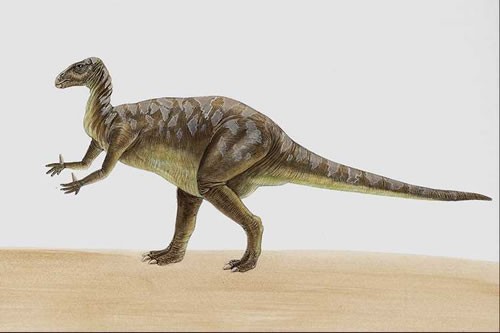Iguanodon was a herbivore. It lived in the Cretaceous period and inhabited Europe. Its fossils have been found in places such as Arad (Romania), Valencian Community (Spain) and Grand Est (France).
This English dinosaur was named in 1824, from a handful of teeth which seemed to have come from a giant iguana. Semi-complete specimens were discovered later, and a controversy ensued in which creationist figures intervened in a dispute with the original discoverer, geologist Gideon Mantell.
But less controversial samples were to come. In the year 1878, Belgian coal miners dug into a trove of at least 38 Iguanodon fossils, 1000 feet underground. Investigation of all these fossils led to much deeper information about the Cretaceous species, which lumbered across the Earth some 125 million years ago. The Iguanodon was a bird-footed plant eater, with a mass of at least three tons, measuring 33 feet from its nose to the end of a long horizontal tail. Its estimated top speed was about 15 mph.
It was one of these four-footed dinosaurs which could get up on their hind legs when they needed to. This made the species a “missing link” of sorts. It represented an evolutionary stage between Jurassic bird-footed bipedal species, and the gigantic duck-billed Brachiosaur-type dinosaurs of the late Cretaceous, firmly planted on four enormous feet.
Quick facts about Iguanodon:
- Existed from Kimmeridgian Age to Cretaceous Period
- Lived in a terrestrial habitat
- Was a herbivore
- Reproduced by laying eggs
- 123 different specimens have been found by paleontologists
All the Iguanodon illustrations below were collected from the internet. Enjoy and explore:
- View Iguanodon on ancient earth globe
- Random dinosaur
- More from the Cretaceous period
- More in Europe
- All dinosaurs
- Search:
